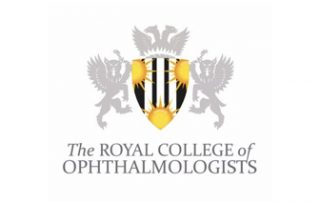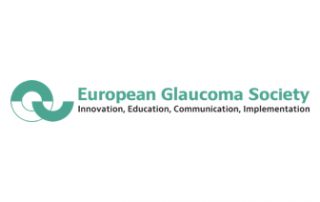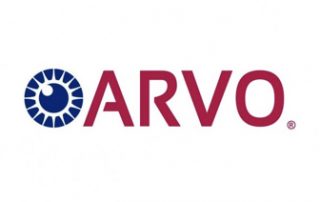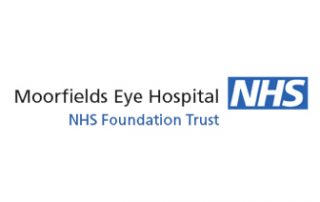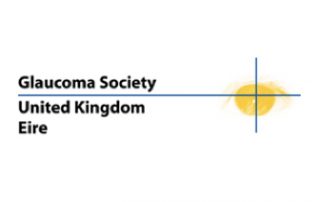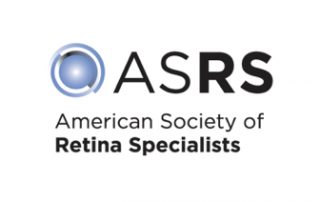Are you over 40 and haven’t had a comprehensive eye check done in the last year? A VisionSafe Eye Check can reveal whether you have macular degeneration so we can address it as soon as possible
(Age-Related) Macular Degeneration treatment overview
The mainstay of treatment for (Age-Related) Macular Degeneration (AMD) is for early detection of the condition and to discuss ways of reducing the risk of the condition worsening to sight-threatening forms.
Unfortunately, there are no effective treatments for the advanced form of dry AMD, but several treatments are in the later stages of clinical trials and may prove to be effective in the future.
New treatments for wet AMD have transformed the outlook for patients with this condition. These involve the injection of a highly specialised and targeted medicine into the gel-like fluid of the eye (the vitreous). The drug works by blocking the protein responsible for the growth of fragile blood vessels which grow under the retina in wet AMD.

How does (Age-Related) Macular Degeneration treatment help you?
Injection treatments for wet AMD aim to stop the bleeding and leakage of fluid from the fragile blood vessels which grow and leak under and into the retina in wet AMD. Ongoing regular injections are needed to help stabilise the condition.

How do you know that (Age-Related) Macular Degeneration treatment is the right solution?
The type of treatment we recommend will depend on whether you have potentially sight-threatening wet AMD, the type of wet AMD you have and the severity of changes in the retina.
It is important to remember that without AMD treatment, the vast majority of patients with wet AMD irreversibly lose vision. Early detection and treatment of wet AMD offer the best prospect of preventing further vision loss, and up to 40% of patients gain some amount of vision after conventional treatment.
Our Patients Say…

“Extremely personable and reassuring. Knowledgeable. Explained options.Successful treatment so far.”

“Most attentive and sympathetic to a patient as well as explaining carefully any procedures.”

“Brilliant! Highly recommend.”

“Very professional yet personal and friendly. Calm & reassuring environment and personal at all levels.”

“Dr Patel explained everything clearly and carefully. No feeling of rush or push to have more procedures. Very friendly & charming reception throughout the clinic.”

“Thank you to Dr P for recommending me. I travelled from Kent and it was an extremely thorough consultation.”

“Everything well explained – great care & understanding. Would thoroughly recommend.”

“I was dealt with very professionally with great care to detail and treated with great kindness. Thank you.”

“I am impressed! You are very thorough.”

“Fuss-free and efficient. Friendly and reassuring.”

“This is an extremely well-run clinic and the staff are kind, understanding and efficient.”

“Very thorough examination & informative discussion.”
How does (Age-Related) Macular Degeneration treatment work?
New treatments for wet AMD have transformed the outlook for patients with this condition. These involve the injection of a highly specialised and targeted medicine into the gel-like fluid of the eye (the vitreous). The drug works by blocking the protein responsible for the growth of fragile blood vessels which grow under the retina in wet AMD. This protein is called vascular endothelial growth factor (VEGF), and the medicines used are called anti-VEGF agents.
Different types of anti-VEGF agents are available, and Mr Patel can discuss the best treatment for you during the consultation. Studies have shown that repeated and regular anti-VEGF injections are effective in preventing blindness and can stabilise vision in patients with wet AMD. Injection treatments don’t work if you are unable to have regular injections or if you fail to attend for regular follow-up consultations. The interval between anti-VEGF injections and the length of time you will need treatment for will depend on the severity of the condition and how you respond to the treatment.
Currently, there are three different types of anti-VEGF medicines which are commonly used to treat wet AMD. These are Eylea, Lucentis or Avastin. Mr Patel will discuss which of these treatments is most appropriate for you after a detailed consultation and with appropriate retinal imaging tests.
If injection treatment is appropriate, Mr Patel will further discuss how he gives the treatment. He performs eye injections in a clean minor treatment room and asks patients to recline comfortably on a couch as a first step.
Next, he will numb the eye receiving the injection with strong anaesthetic eye drops and iodine drops to clean and wash the eye and eyelids on the side of the injection. Next, he places a clean, sticky plastic drape or sheet over the eye to keep the procedure sterile. He positions a metal clip to hold the eyelids open before the injection. Further, he applies anaesthetic and iodine drops before the injection.
Finally, Mr Patel will ask you to look in a particular direction, away from the site of the injection to keep the eye in the best position ready for the injection. It takes seconds to perform the injection itself. Immediately after the injection, you may notice be a swirling or smoky pattern in the vision and a few dark circles floating in the vision. These symptoms generally settle over a few hours though patients can report an increase in floaters if they have had many injections carried out.
At the end of the injection, Mr Patel will wash out the iodine and will put a lubricating tear drop into the eye to help keep the eye comfortable after the anaesthetic drops wear off. He will give you a bottle of lubricating tear drops, and you can use these every hour or two on the day of the injection and then for 4 or 6 times a day for 4 or 5 days after the injection, or until the eye becomes comfortable.
You can then go home. It’s important to make sure you have a further appointment for the next injection or assessment as regular treatment offers the best prospect of stabilising or improving the vision in the long-term.
Frequently asked questions about macular degeneration treatment
For patients with wet age-related macular degeneration, treatments given by injection into the eye offer the greatest chance of stabilising or improving the vision in the long-term. Other older treatments which involved laser based treatments did not prove successful in being able to improve vision in a patient with wet age-related macular degeneration.
Before the introduction of effective treatments for wet age-related macular degeneration eye doctors would regularly see the impact of having no treatment in people with wet age-related macular degeneration. The majority of patients whereas as with treatment this figure is reduced to 5-10%.
No, the injection doesn’t hurt. Strong anaesthetic eye drops are used to numb the eye before the injection and most people notice nothing more than mild discomfort for a few seconds at the time of the actual injection.
This depends on how your condition responds to each injection though the initial course of treatment is for 3 treatments spaced out by approximately 1 month between each injection.
Latest news from your eye doctor in St Albans
We regularly share new videos and blog posts for our St Albans patients about common eye questions and concerns. You can subscribe at the bottom of this page to receive the latest updates.
Vision loss after 40: A VisionSafe Eye Check might catch signs of AMD, glaucoma, macular or retinal conditions.
Vision loss after the age of 40 is common, and there are several reasons this happens. One of the most prevalent reasons is an age-related change in our focusing which means we are not able to read small print easily without glasses (also known as presbyopia). However, there are more serious eye conditions which can lead to irreversible vision loss if not detected at an early stage.
What is macular degeneration?
AMD is a condition which affects the retina, the light-sensitive membrane at the back of the eye. As we get older, we develop an accumulation of waste material underneath the retina. This accumulation can affect the function of the light-sensitive cells.
What are common age-related eye problems and what are the symptoms?
The three big age-related eye problems that come to mind are cataract, glaucoma and macular degeneration. We often treat these age-related eye conditions here at Eyesight Clinic.
Memberships and affiliations
Our Consultant Ophthalmologists love to stay on top of the latest in eye treatment options for patients through regular industry meetings, journals and research.
Request a Call Back
Whether you’d like to book a VisionSafe Eye Check, or discover your eye treatment options, give us a call on: 01727 227 013 or request a call back below:




